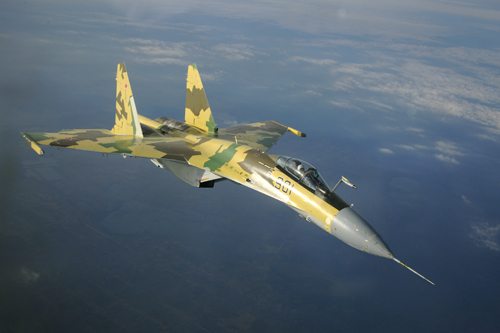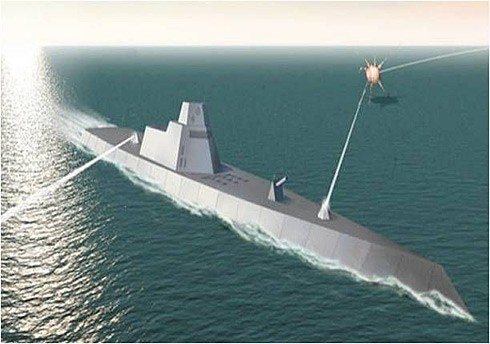Military officials reported on Thursday that Russian armament industries exported more than US$10 billion dollars of weapons last year, surpassing original estimates.
”We set a new record,” Mikhail Dmitriyev, Director of the Federal Service for Military-Technical Co-operation (FSVTS) told Kommersant in an interview. “The target level was set at $9.5 billion. We exceeded $10 billion, so our target level has been surpassed. We have another good report for the Russian president.”
The head of FSVTS added that 2010 was the first year when “the planned task was fulfilled without excessive effort.”
Meanwhile, the order portfolio of the Russian defense industry increased substantially to $48 billion, he said, while mentioning the main Russian state armament exporter, Rosoboronexport.
“Certainly, Rosoboronexport is an indisputable and legitimate arms-exporting leader, but other companies which involve military-technical co-operation [suppliers of spare parts and maintenance, for example] posted…steady 15 per cent from overall trade turnover in military-technical co-operation,” Dmitriyev noted.
Asked if Russia’s defense industry is qualified to meet the growing needs of foreign customers, he responded positively, while admitting to some present limitations.
“Generally speaking, I’m sure we can [meet the demands of foreign clients], but to some extent and volume,” Dmitriyev said. “The fact that we keep increasing the volume, makes this issue extremely relevant, because it simultaneously increases… state defense orders. And now there are large orders from Russia’s armed forces, which of course take precedence.”
The director of FSVTS went on to explain that as state defense orders continue to increase, the production capacity is naturally limited or in some cases even reduced. Now Russia is faced with the “need to increase production capacity” in order to meet domestic and foreign demand for Russian armaments.
Russia lists ten countries – in the Asia-Pacific region, North Africa, Middle East and Latin America – that account for the bulk of its military-trade co-operation.
Meanwhile, the biggest consumer of Russian military hardware by far is India.
Saying that Russia “appreciates this strategic partnership,” Dmitriyev mentioned prospects for further co-operation with India on a variety of projects, including the BrahMos supersonic cruise missiles, fifth-generation fighter jet, and the creation of a military transport plane.
Asked why there have not been any recent contracts with China, Dmitriyev rejected the suggestion, saying that co-operation with Beijing continues, although at a decreased rate due to China’s newfound prowess at producing its own military goods.
“Co-operation continues to develop, but its rate has slowed,” he said. “And there are objective reasons for this. China’s military industry has gained momentum and…is now able to produce many products that were previously purchased in Russia. Now they make [military weapons] themselves. Now the question is mainly about technology cooperation, but here we find also common ground.”
Dmitriyev then mentioned the problem of protecting Russian intellectual property – a question that goes back to the Soviet days when Russia freely provided the Chinese side with an array of military products. But the problem involves not only China, but former members of the Warsaw Pact.
“There are presently talks with the Slovaks, Czechs, Poles and Bulgarians,” Dmitriyev noted, “on the conclusion of agreements” over military copyright licenses.
Kommersant then confronted the head of FSVTS over the “new trend” of military imports to Russia, while alluding to French warships and Israeli drones.
In December, Russia announced its decision to purchase at least two French-made Mistral-class amphibious warships. The multimillion-dollar sale marked the first time in modern history that Russia has made such a major military acquisition abroad.
“The…import of military equipment…is counterproductive,” Dmitriyev said. “The Ministry of Defense at this stage has raised the question of imports of arms and military equipment, especially as samples, and this suggests there are serious problems in our defense industry, which must be addressed without delay.”
But with Russian military exports at record highs, there should be no lack of funds to support the research and development of homegrown military hardware.










